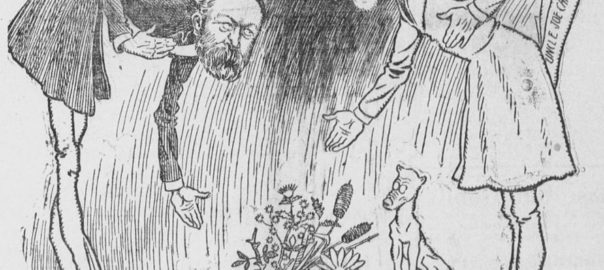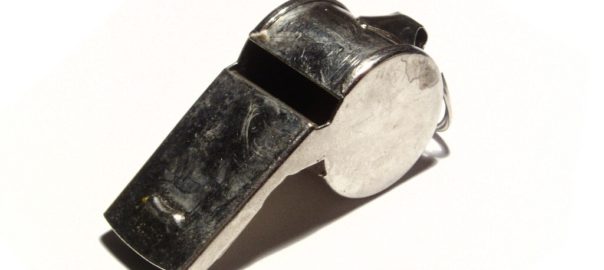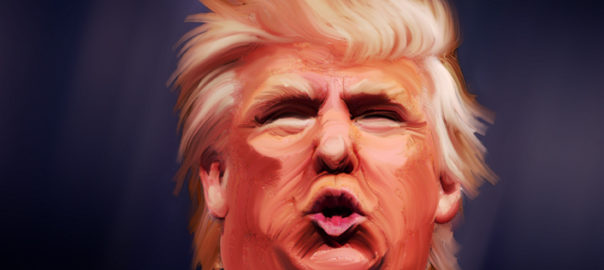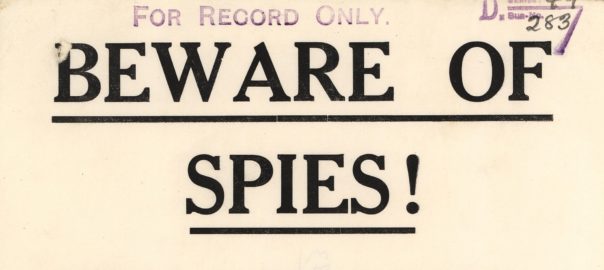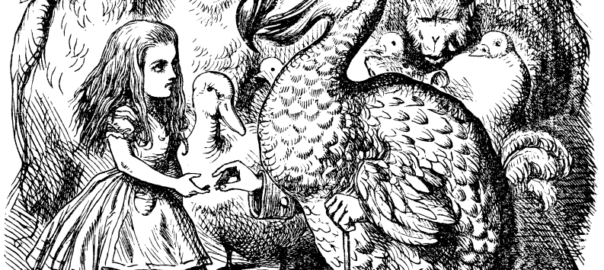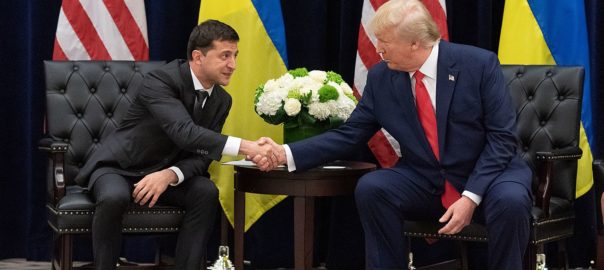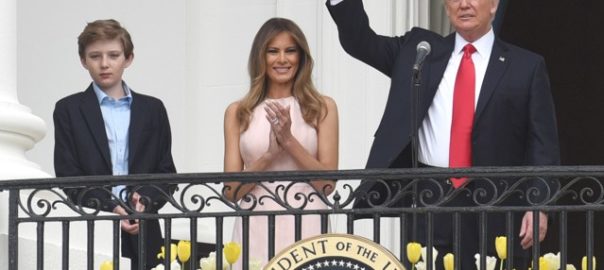By Kent R. Kroeger (NuQum.com, January 24, 2020)
________________________________________________________________
This is not a movie or TV series review. However, I will be revealing key plot twists from the latest Disney Star Wars installment — The Rise of Skywalker. If you have not seen this movie, but intend to, consider yourself warned.
________________________________________________________________
“When it comes to fans, it is a fan’s right to have whatever opinion they want to have, and people are going to be upset, especially when you’re talking about books or games, because you’re never going to be the exact person who they had in their head, or who they played on The Witcher 3, for example. I don’t necessarily consider that toxic, I just consider that passionate.” — Actor Henry Cavill (‘Geralt’ in Netflix’s Witcher series) interviewed on YouTube’s Jake’s Takes.
Actor Henry Cavill, best known for his portrayal of ‘Superman,’ has taken his share of criticism from fans and critics.
Having depicted the comic book realm’s most iconic superhero, Cavill understands the importance of fan expectations when these characters are rendered on the big screen. The source material for Superman alone consists of over 1,000 separate comic book issues since DC Comics’ Jerry Siegel and Joe Shuster debuted Krypton’s most famous refugee in 1939 — not to mention the late-Christopher Reeves much loved movie versions of the Man of Steel in the 1970s and 80s.
So when asked about what some entertainment journalists call ‘toxic fans,’ Cavill surprised many of us when he calmly dismissed the derogatory term as mostly a media creation meant to marginalize ‘passionate’ fans by linking them to a small, unrepresentative group of pernicious outliers who are motivated, to varying degrees, by racism, misogyny and whatever else that comes with white male privilege.
[Spoiler alert: Cavill nails it when he says passionate fans should not be smeared this way.]
If the reactions within the Twitter and Podcast community are indicative, Cavill’s stock will stay on a fast rise among sci-fan/fantasy fans — which may explain why the ratings for his newest fantasy-genre project — The Witcher (airing now on Netflix) — have been so strong, despite mixed reviews from critics. Further evidence that mainstream media critics often can’t be trusted, especially when they don’t bother to watch all available episodes for a new series before they review it — as was the case with Entertainment Weekly’s Kristen Baldwin and Darren Franich in their review of The Witcher.
My own review of The Witcher, produced by Lauren Schmidt Hissrich, is based on all eight episodes:
The Witcher requires significant cognitive effort when first following its complex narrative structure; but, by the fourth episode, the investment is well worth it. It is a brilliantly crafted TV series. Moreover, Henry Cavill overcomes the ‘Excessive Attractiveness Bias’ (EAB), which assumes good-looking actors can’t really act, and energizes one of the most multi-faceted, substantive characters found on TV today.
End of my TV review.
Fans of the The Witcher book series had expectations for the Netflix version; and, based on the early audience returns, the show as met or exceeded those expectations.
The success of Netflix’s The Witcher is a happy story for its devoted fans, as well as for those who are new to the series.
_________________________________________________________________
A not-so-happy story has been fan reaction to the Disney Stars Wars trilogy, recently capped by its third installment — The Rise of Skywalker (TROS)— a bad movie by any objective measure of competent film making, but still relatively enjoyable to long time Star Wars fans like myself.
Unfortunately, the J. J. Abrams-directed TROS has brought the ‘toxic fan’ label back to the fore as thousands of passionate Star Wars fans — loosely organized as the Fandom Menace, first emerging with the release of Disney’s The Last Jedi (TLJ) after it unleashed an onslaught of fan criticism — inundated social media with rumors and sharp criticisms of TROS before its December 20th release date (including an August 2019 Reddit post revealing its entire plot!).
Perhaps to stunt the potential negative influence of the nebulous Fandom Menace on TROS’ box office receipts, various corporate media outlets proffered stories charging that the Fandom Menace was, in fact, a thinly-organized, disparate cartel of “unhinged” Star Wars fans motivated by a noxious cocktail of social media-fed paranoia, bigotry and general ill intent. Otherwise known today as ‘trolls.’
From BuzzFeed’s Ryan Broderick:
“The Star Wars fandom is now a nesting doll of speculation, paranoia, and anxiety about corporate overreach — growing more insular and reactionary in the eight years since Disney took over Star Wars.
The misinformation and anger inside the Star Wars fandom is what happens after decades of corporatization and anonymous decentralized networking. It is a glimpse of a future in which anxieties over the motives of the megacorporations that drive our culture — down to our very mythologies — set off conflicts between warring information tribes who inhabit their own artificial narratives. What began with small but vocal insurgent online communities like 4chan or the alt-right has now come for the mainstream.”
Esquire’s Matt Miller dog walked his readers into believing the swelling rise of diversity in Hollywood films is powering most of the Fandom Menace’s rage against TROS:
“A lot has changed since audiences first saw Luke Skywalker gaze off into that binary sunset. Hollywood is slowly, too slowly, becoming a place that embraces performers and stories of all genders, sexual orientations, and races. There’s still a lot of work to do, but progress will not be halted no matter how passionately, how loudly trolls cry online. Abrams’s The Rise of Skywalker will not reverse the progress Disney made when it put a lightsaber in Daisy Ridley’s hands. And for that, fans will still be mad online. They’re not angry with Star Wars in particular, they’re angry at a changing world — one in which their perspective isn’t the only one that matters. I say let them yell, let them whine. Abrams is pissing off the right people.”
The problem with Miller’s beautiful admonition of the Fandom Menace — as with other screeds against passionate Star Wars fans on social media — is that it is unfettered to actual facts.
________________________________________________________________
In one attempt to bring data to the problem, Washington Post guest columnist and University of Rochester political science professor, Bethany Lacina, systematically investigated online Star Wars-related posts in order to describe the characteristics and motivations of vocal Star Wars fans.:
America’s most iconic movie franchise, Star Wars, has been denounced by the alt-right for unflattering representation of men, casting to pander to diversity and leftist moralizing. That discussion of gender and race in Star Wars went mainstream after the December 2017 release of “The Last Jedi.” The movie has the franchise’s first nonwhite female lead, portrays an elderly Luke Skywalker confronting his failures and leaves the Jedi order in the hands of a young woman.
How did Professor Lacina determine that the alt-right was behind the most toxic components of a tsunami of fan criticism that met the release of The Last Jedi? By looking at Twitter traffic, of course (sigh):
I compared general Star Wars-related tweets to tweets about Kelly Marie Tran, the actress harassed on Instagram, or about Rose Tico, her “Last Jedi” character. The proportion of tweets with offensive language doubled from 6 to 12 percent — and hate speech jumped 60 percent, rising from 1.1 percent to 1.8 percent of all tweets.
Fans complain about Star Wars’ first nonwhite female lead in more degrading language than they complain about other parts of the franchise.
It is not inherently racist or sexist to dislike Star Wars or “The Last Jedi.” The point of the comparison is that tweeting about these movies turns belligerent when it comes to race and gender.
The online-based harassment experienced by Kelly Marie Tran (‘Rose Tico’) after the release of TLJ is despicable. Anybody involved in such a deed has a rusty iron maiden reserved for them in hell.
But how does the fact that a few racists and misogynists exploited Twitter’s broad social media platform to spread hate (collectively summarized by Prof. Lacina as the ‘alt-right’) relate to the far greater number of passionate Star Wars fans — the Fandom Menace — who simply hated the movie because it tossed George Lucas’ Skywalker-centered Star Wars narrative into the fire?
Alt-right is not a well-defined political label and Professor Lacina’s operationalization of the concept certainly doesn’t pass empirical muster. Without knowing everyone’s political orientation in her Twitter-based study, how could Professor Lacina possibly such an inferential leap of faith? By her own admission, it isn’t possible, and when she could measure political orientations, she found significant negativity expressed on Twitter also comes from the ‘cultural left’:
Offensive tweets and hate speech did not come only from those identified as politically right wing. Most posts are too generic to infer political views. But I did find that such belligerence also comes from the cultural left. Female podcasters, in particular, are attacked for not supporting diversity and gender equality strongly enough.
Most people who tweet about Star Wars are congenial and skeptical about “trolls.” But as with other cultural icons — whether it’s an all-female “Ghostbusters” or NFL players kneeling during the national anthem — a significant few respond with anger and hate when gender and race expectations change. We know that from the numbers.
While Professor Lacina does not explicitly lump all passionate Star Wars fans into the “significant few” who account for the offensive or hateful online speech, she did not go out of her way to disentangle them either.
To the contrary, how could anyone be blamed after reading the many anti-Fandom Menace stories over the past few years if they concluded this loose confederation Star Wars fans are just a bunch of white, male crybabies?
Never mind that Lacina’s own numbers, unwittingly, confirm the opposite conclusion: the overwhelming majority of passionate online Star Wars fans are ‘congenial’ and do not infect their critiques with offensive or hate-filled rhetoric. And, even in the low number of cases when a Disney Star Wars critic’s political orientation can be discerned through their Twitter profile or tweets, it turns out extreme lefties are as noxious as extreme righties in the Twitterverse.
Anyone that’s spent 30 minutes on Twitter knows that.
________________________________________________________________
Regrettably, in the Age of Fake News, such dereliction of journalistic duty by the likes of Broderick, Miller, and Lacina goes largely unnoticed as long as it reinforces prejudices pre-approved by one of the two political tribes and their allies.
If you dare articulate — publicly — the opinion that the Disney Star Wars movie scripts were molded out of the intellectual equivalent of poop, you must be a misogynist, racist or both, according to the basic argument Broderick, Miller and others offer their readers.
Rarely do these anti-Fandom Menace jeremiads mention that the Disney Star Wars movies, while visually breathtaking (the Rian Johnson-directed TLJ is jaw-dropping in its beauty), are storytelling monstrosities that do far more to turn off longtime fans of George Lucas’s groundbreaking trilogy than they do to create a new generation of Star Wars devotees. [My teenage son and his friends are more invested in Anakin Skywalker and Obi-Wan Kenobi from Lucas’ last two prequel movies than they are in the original trilogy — which my son thinks has ‘bad special effects’.]
From the collective minds at Disney-owned LucasFilm, Han Solo turned out to be a feckless, deadbeat dad who gets killed by his son, Ben Solo (aka. Kylo Ren), for reasons the filmmakers never bothered to show us (it was explained in a throwaway line in one of three movies, I am told). That is shitty storytelling.
J. J. Abrams (affectionately called Jar Jar Abrams within the Fandom Menace) also thought it was a smart strategic move to never allow the Fab Four (Luke, Leia, Han, and Chewbacca) to get back together for at least one scene in The Force Awakens. Instead, in one scene, he has General Leia Organa ignore Chewbacca, just arrived from a bloody battle with the First Order, as if he was there to fix the high-speed internet connection on Resistance Base D’Qar.
Fine, J. J., if you and Disney thought it was a good marketing strategy to openly reject the deep affection the legion of Star Wars fans harbor for the original characters, go for it. But, in doing so, perhaps…maybe…you should have created memorable characters in their place. Instead, you offered moviegoers three poorly-formed (and very forgettable) characters that will never be the stuff of movie legend.
The names Rey, Finn and Poe are never going to be the cultural reference points for the current generation the way the names Luke, Han and Leia were for my generation — and for generations after that through our children and grandchildren.
[As a matter of fact, my friends and I — fitting the classic nerd profile as defined in the late 1970s and early 80s— considered Leia the most competent member of that trio and cringed for actor Carrie Fisher when she wore the “bikini” in Return of the Jedi. So, I discount charges of misogyny when weaved into any explanation for why so many Star Wars fans are disappointed in the Disney Star Wars movies.]
All Abrams, Johnson, and LucasFilm President Kathleen Kennedy had to do is make three great Star Wars movies and this whole Fandom Menace brouhaha would have been stillborn. But they didn’t.
Instead, they jettisoned the original Lucas-created myth for a new one that is incoherent and just plain dumb. Twenty minutes into The Force Awakens, Rey is flying the Millennium Falcon like a savant, and the film’s explanation is that she read flying manuals in her spare time on Jakku (her home planet). That’s lazy screenwriting.
As a result, LucasFilm’s incompetence will force Disney to invest more billions — beyond the billions already spent to create Star Wars-themed lands at Disneyland and Disney World — if the entertainment behemoth ever expects to get a stockholder-friendly return on its initial $4 billion purchase of the Star Wars brand.
_________________________________________________________________
And who could blame Disney if they tried to stigmatize legitimate criticisms of their Star Wars trilogy movies by linking them to the alt-right? Disney has never held back from intimidating professional movie critics and entertainment journalists, why should the Mouse treat citizen critics any differently?
As for actual hate groups and hate-filled people who love to insert themselves into online discussions where their special brand of venom can taint otherwise legitimate opinions, the social research community would be well-advised to tighten their empirical methods before smearing large groups of people with their broad brushes. [I realize that broad-brush-smears are the norm in today’s hyper-partisan society and will be hard to end.]
Nobody disputes that racists and misogynists exist on Twitter and in the podcast ecosystem. What Professor Lacina failed to answer, however, is what variation exists within those who expressed their disdain for the Disney Star Wars movies and how does this compare to the more general category of those of spread offensive speech?
In lieu of evidence, the corporate entertainment media too often defaults to ad fontem arguments: The most frequent critics of TLJ and TROS are white men, therefore, those critiques must be rooted in racism and misogyny.
In the future, if Disney wants to create new Star Wars icons who embody female empowerment, they should start by green lighting good scripts with fully developed characters.
But we don’t have to look to the future for those female cinema icons, we already have them in characters such as Carrie Fisher’s Leia Organa, Linda Hamilton’s Sarah Connor (another iconic sci-fiction heroine who was thoughtlessly trash-binned by the most recent Terminator sequel), or Sigourney Weaver’s Ellen Ripley from the Alien movie series. All three are infinitely more substantive than Rey Skywalker. Hell, until someone can explain to me how Rey was able to instinctively navigate a catamaran over 50-foot waves, I’ll take Scarlett Johansson’s Black Widow or Margot Robbie’s Harley Quinn over Rey. And, please, don’t tell me she used The Force.
The problem with the Disney Star Wars saga wasn’t toxic males within the unwashed masses trying to hold down the rise of female-centric story lines. The problem was sub par movie scripts that put political agendas ahead of story and character development.
Bad screenwriting spoiled the Disney Star Wars trilogy, not the long time fans.
If Disney had crafted three classic Star Wars saga movies, there wouldn’t be this exaggerated controversy about the power of the folkloric Fandom Menace. Instead, we’d all be excited about the next Star Wars trilogy up Disney’s sleeve…which, if I can speak for most of my Fandom Menace confederates, we are not.
As it is, I’m officially over Star Wars.
Besides, it is not like Star Wars is as cool as Guardians of the Galaxy, reminds my son. [I know, Disney owns that too.]
As always, comments and profanity-rich insults can be sent to: kroeger98@yahoo.com


